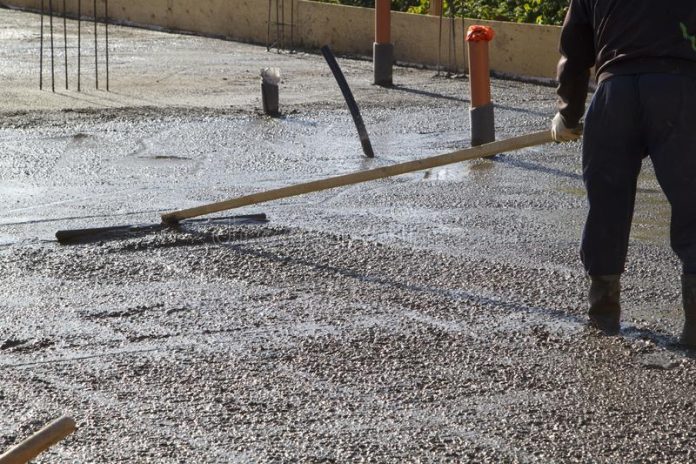Concrete pouring can save money and help you improve your skills. However, without proper equipment, the results could look very amateur. Concrete generally a mixture of cement, sand, gravel and water can prove difficult to mix. Concrete’s quick-drying properties make any mess-ups almost permanent.
A DIYer can have a lot of fun making a patio slab and a driveway by working in small areas. Bagged concrete mixes are great for this. There are many different concrete mixes. This how professionally poured concrete surfaces guide covers the basics of using the bagged concrete mix in small residential areas.
Concrete Mix: What is it worth knowing?
You have a lot of information to learn about mixing concrete. Bagged concrete is preferred by DIYers. Ready-mix concrete, however, is suitable for large projects and can be delivered via concrete truck. The concrete mix is purchased from the supplier and then delivered to the site by a concrete mixing truck. Suppliers are able to make the mix specific for each job. Once it is ready, it is professionally delivered and placed.
Bagged concrete mix, easily purchased online or at a home improvement shop, can be used for most DIY projects. Bagged concrete mixes have all the ingredients inside the bag but the water. While speed is still essential to obtain the best results, DIYers can mix smaller batches of concrete and retain more control.
Concrete Pouring Season:
Although it is possible to mix and pour concrete almost all year, some conditions can make concrete crack-free and strong. Concrete can change how water reacts with chemicals during chemical reactions, turning it into hard concrete.
The mix’s water can freeze or expand in freezing conditions. The expansion can result in cracks. Also, colder temperatures can slow chemical reactions and make concrete less strong.
The water in the concrete can evaporate if the temperatures reach 80 degrees Fahrenheit. This is not the goal of concrete hardening. Concrete mixes need water to be cured. Concrete that isn’t adequately hydrated can shrink or crack. Concrete can shrink or crack if the temperature rises above 90 degrees.
Steps for Pouring Concrete Over Existing Concrete Slabs
Step 1: Clean Old Concrete Surface
You can bond the slab by clearing away dirt and debris. This includes cleaning out gravel, dead leaves and sand. A stiff-bristle scrubber is the best tool for cleaning out the crack.
This cleaning must be thorough. To remove all traces of dirt, use a pressure washer. For stubborn spots or stains, liquid detergent and degreaser are another way to get great cleanliness.
We offer concrete cleaners. One needs to clean any difficult spot. You should make sure that the surface is soaked.
Step 2: Setting Up Slab Perimeter
Measure the area you want to pour concrete on top of the slab, depending on the slab’s purpose and the load being placed upon it. The slab’s thickness can be designed. The measurement can then help to determine how much concrete is required.
Step 3: Pouring an Initial Coat
A mixture of water with cement is spread over existing slabs to form a bonding agent between new concrete and old. The ratio of water and cement in the standard mixture is 1:17.
Step 4: Pouring Concrete
Crushed stone or fine sand is best for concrete with a smaller thickness. While coarse aggregate can be used for concrete with a greater thickness, it is better to use coarse aggregate. The concrete is then mixed with the cement mixture and poured. A hand trowel or a paving stone is used to spread the concrete evenly.

